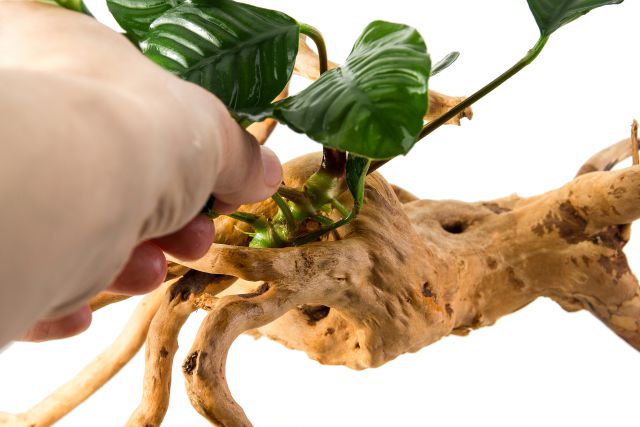A rich selection of wood is available nowadays for aquarium design purposes. In contrast to stones, driftwood is occasionally a little harder to handle. We'll show you here how to handle it best.
Buoyancy
Wood is usually lighter than water and floats. Sure, there are sorts that are heavy enough to sink right away, like Dark Iron or Mangrove, most roots like Red Moorwood will float, though and in the worst case destroy the layout, when the aquarium tank is flooded. A pretty classic solution is to water the wood in a different container for a few weeks. The roots will be sufficiently soaked with water and sink to the ground. However, this is a very time- and space consuming process. It is also advisable to change the water from time to time in order to remove substances released from the wood and to supply fresh, oxygen-rich water.This prevents decay. For the same reasons, the container should be open for gas exchange to take place.
Another option is to water the wood directly in the aquarium. It is used as an aquarium decoration in the designated places but weighted down or fixed in a way. When simultanously using stones as hardscape, they can be used to weigh the driwftwood down. For example, stones are left on the wood for a while until they have enough dead weight. Then you can remove the stones again.
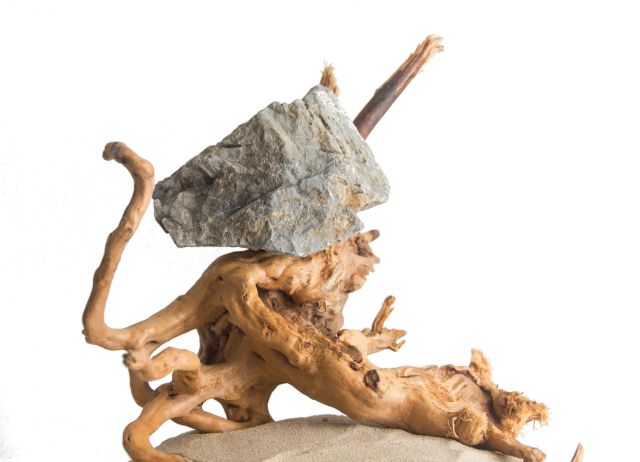
Downside: This doesn’t look very good in the aquarium during that time. It is more optically pleasing to wedge wood between stone structures or fix it with glue, silicone or cable ties. Evident fixings can be excellently masked using plants, e.g. with mosses.
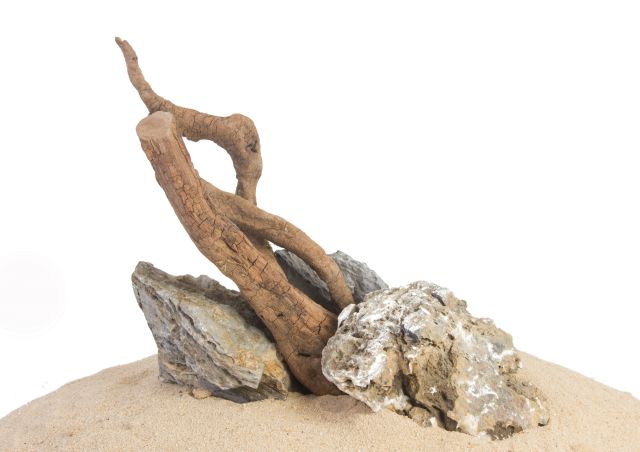
Here a root was neatly wedged between the stones. This looks very natural.
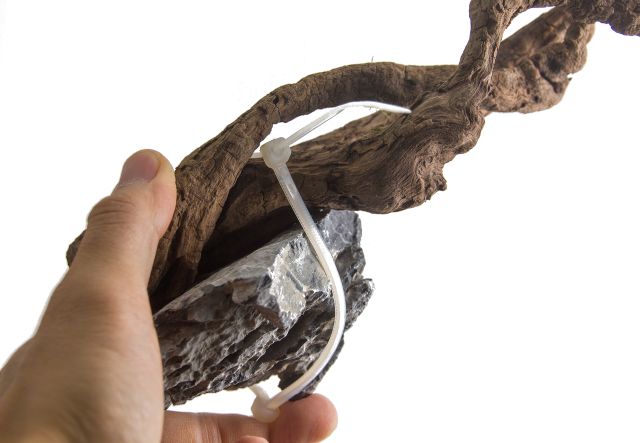
With cable ties, wood can be easily fixed on stones.
Bacterial coats
Especially Red Moorwood tends to suffer from slimy, bacterial coats after being submerged. This is absolutely harmless and usually only a temporary phenomenon. With a hose, the bacterial film can be easily siphoned off. In particular, invertebrates such as snails and shrimps enjoy the slimy surface and eat it reliably.
Brown discoloration
More compact sorts like Dark Iron or Mangrove may initially discolour the water quite severely. Due to the increased release of humic substances, the aquarium water gets a brown tint. With several generous water changes, this problem can be gotten rid of with some time. Alternatively, Seachem Purigen can be used as a filter medium, removing all discolourations in a short time.
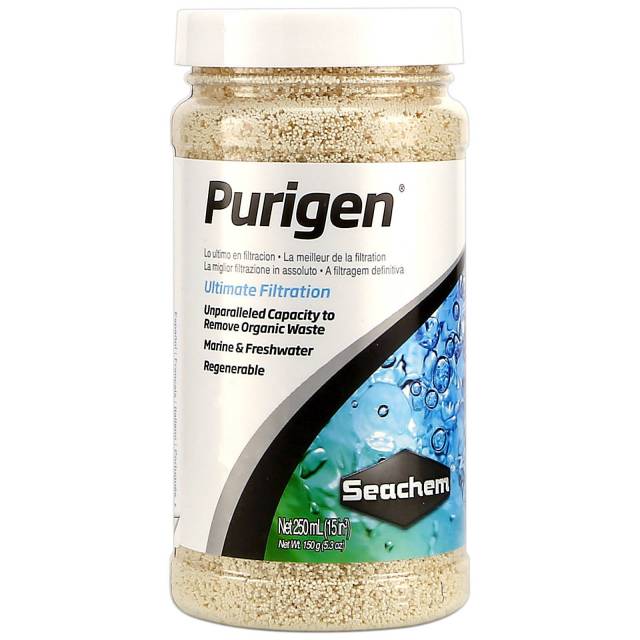
Woodworking
Many aquarists are looking for the one, perfect root for their design idea. This might even be possible, if a sufficient selection of driftwood is at hand. Nevertheless it is much easier, accepting the wood as a malleable design element. This includes, among other things:
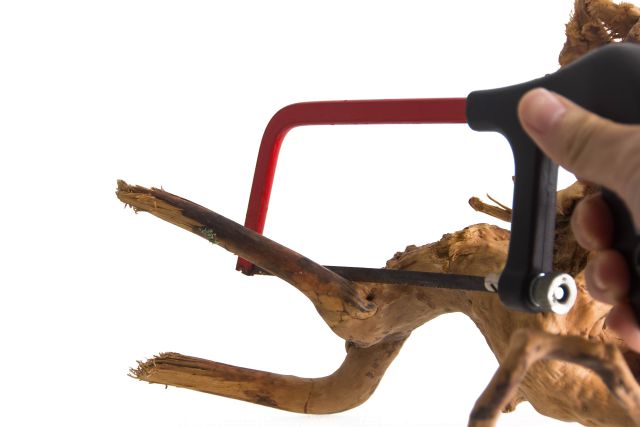
- A perfect piece of driftwood can be assembled from several smaller pieces.
- Unsuitable pieces or branches can be removed by sawing or breaking them off and even glueing them into another, more suitable spot.
- Straight cut edges or other unsightly spots can be easily embellished with mosses and other epiphytes.
- It creates a much more harmonious impression, if only one kind of wood is used in the layout.
Suitable planting
Driftwood can be splendidly greened with so-called epiphytes. Apart from mosses, various ferns, Anubias or the recently popular Bucephalandras. Most of those plants will grow onto the wood with time. A detailed guide on how to attach epiphytes to the decoration during set-up, can be found in the article "Planting aquarium plants".
